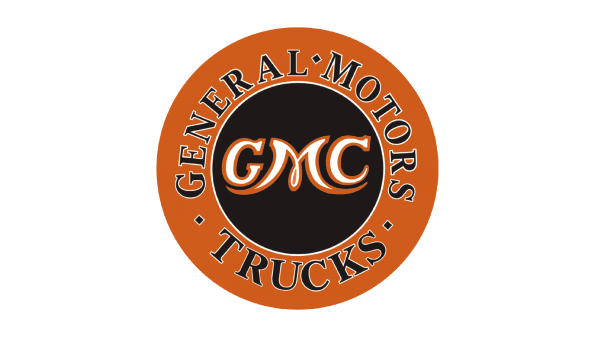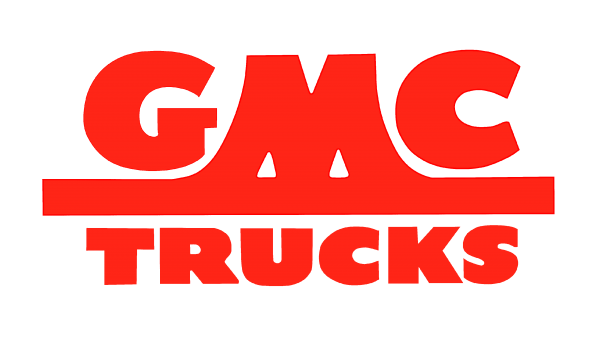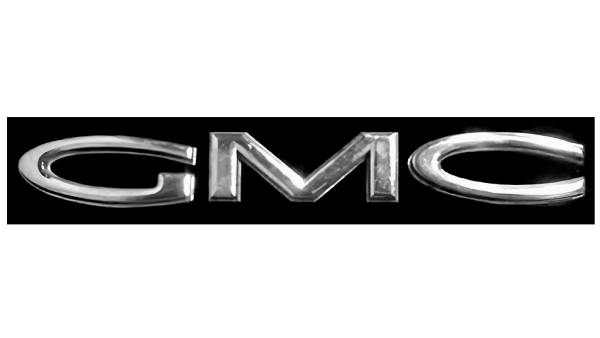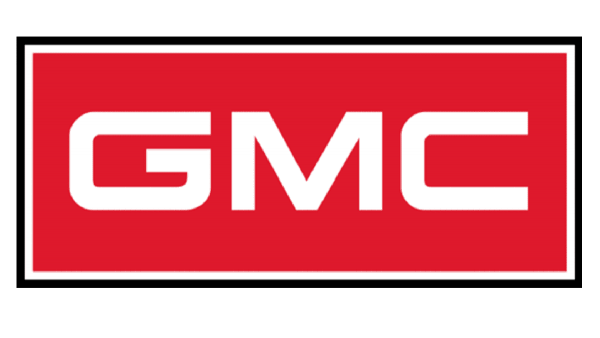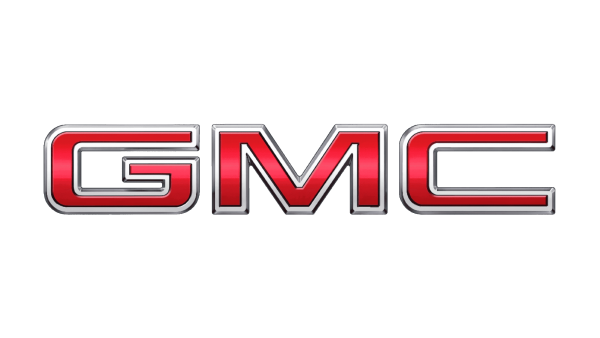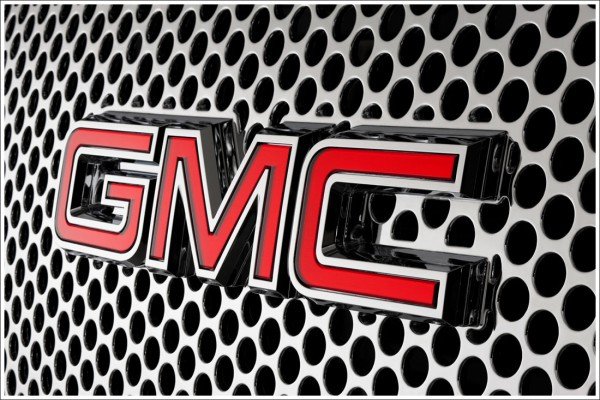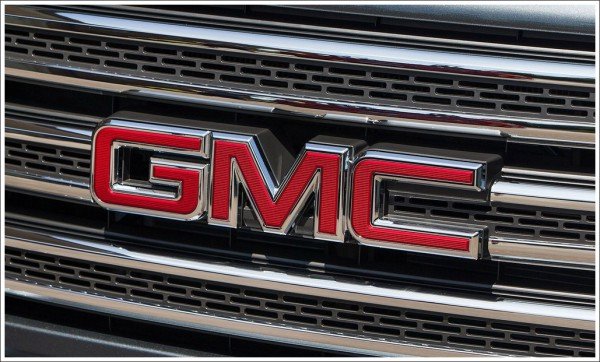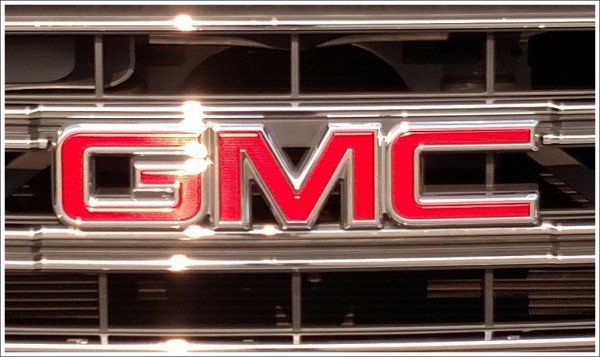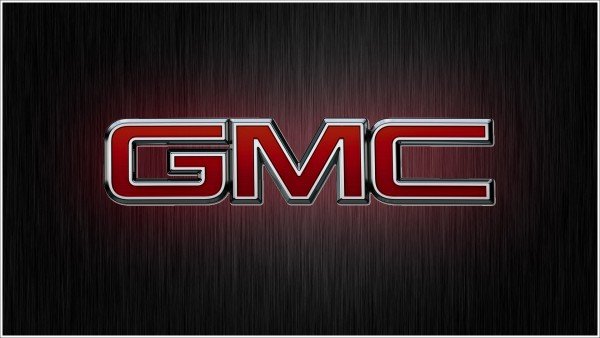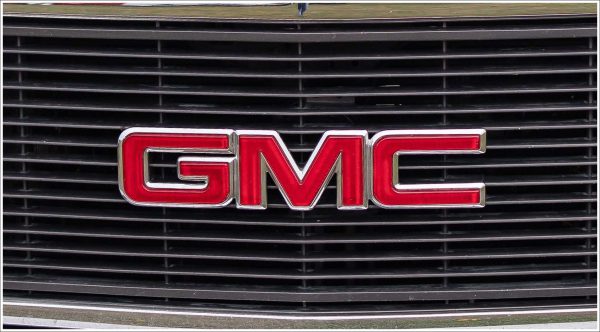| Predecessors | Rapid Motor Vehicle Company |
| Founded | 1911 |
| Founder | William C. Durant |
| Headquarters | Detroit, Michigan, United States |
| Parent | General Motors |
| Official Site | www.gmc.com |
| Official Facebook Page | www.facebook.com/gmc |
Meaning and History
The history of the company began in 1901 by Max Grabovsky. The first denomination of the company was Rapid Motor Vehicle Company. The truck Rapid became its first car.
Now, the General Motors Company is the largest producer of cars in the USA. It consolidates the following car brands: Cadillac, Alpheon, Opel, Buick, Chevrolet, GMC, Vauxhall, and Holden.
The earliest edition of the GMC logo, unveiled in 1966, included the phrase “Mark of Excellence,” however its appearance was stopped by the late 1970s. However, the “Mark of Excellence” logo of the GMC is considered as one of the most recognizable car logos in history.
In general, the history of General Motors can be divided into the history of old GM and new GM. William Durant founded the Old GMC in 1908. Immediately after the foundation of GM, Buick, Oldsmobile were included into it and a year later – Cadillac and Pontiac. After all, the General Motors Company attached more than 20 small car firms. General Motors acted as a holding company because all the firms belonged to it worked almost autonomously from each other. All the subsequent years GM bought fully fledged car makers.
In the middle of the 20th century, the General Motors Company was involved in “Great American tram scandal,” the result of which was in the following: all the trams in the USA were replaced by buses. This event had a strong influence on the automobile industry.
At the beginning of the 2000s, the situation of the General Motors Company began to deteriorate, which led to its bankruptcy and the company reorganization. The New GMC appeared in 2009. After the bankruptcy and reorganization of General Motors, it revised its line of brands. It was decided to refuse from the production of a vehicle with high fuel consumption in favor of economical cars. The part of the production was closed, a part of companies was sold. There are models which are not manufactured anymore by GM: Oldsmobile, Hummer, Pontiac, Geo, Saturn, and Acadian.
1911 – 1947
A round emblem with a black center and rusty orange, a quite unique color choice, was the earliest version of the brand’s emblem. The center featured a relatively symmetric “GMC” inscription done in white with a rusty orange border. The full name “General Motors” curved above it on the orange border, while “Trucks” was printed at the bottom of it. The designers used black for the letters to go with the black center and added a white outline both to the inscription around the border and the black center. The addition of serifs enhanced the strong, serious look of the emblem and the company it was representing.
1947 – 1960
This logo brought red to the color palette, which the brand will later be strongly associated with. The “GMC” portion of the logo is written in a similar way it was done in the earlier version of the logo with the “M” curving to the side and joining the line that underlined the name. Underneath, the emblem said “Trucks” using the same font only a smaller size of the letters. The wide strokes used in this logo combined with the bold color choice were a perfect choice for powerful GMC vehicles.
1960 – 1967
A black and metallic GMC emblem looks sophisticated and at the same time brutal and technologically advanced. Unlike previous logos, this version had only “GMC” printed in three-dimensional shiny metallic silver color that stood out against the dark background. The letters featured thick strokes and straight cuts. Their width reflected the strong standing of the brand.
1975 – 1979
Despite a very simplistic design, the logo instantly catches the attention with its vivid red color and contrasting “GMC” inscription in the center. The rectangular base has a thin white outline that is followed by a black one. The designers used a more geometric font this time with letters that had square shapes with rounded angles. Just like previous logos, this version was a perfect reflection of the energetic and tough spirit of the GMC trucks.
1979 – 2014
The red background was gone. Instead, the designers used the color for the company name. The characters had a barely noticeable gradient, which combined with the border created a three-dimensional appearance. The border was done in black and metallic silver. The company not only preserved the red color but also the geometric font it used in the last logo, which strengthened brand recognition. This emblem was a great compliment to any GMC vehicle and emphasized the beauty and strength of the vehicles and called to take them on an adventure.
2014 – now
This version of the GMC logo is not only stylish but also reflects the power and modern technologies of GMC vehicles. It looks very similar to the previous version but the few modifications gave it a completely different feel. First of all, the horizontal strokes were thinner, which added sophistication and a touch of elegance to the emblem. The black color was gone, while the three-dimensional metallic silver outline was made lighter. It highlighted the emblem and made it look contemporary.
Symbol Description
The actual edition of the GM symbol contains the company’s name in a modest blue-and-white color spectrum with a line underneath. The symbol is not mannered, but it delivers the decent image of the company.
Colors
The blue color of the logo depicts the performance and solidity of General Motors; the white color signifies its purity, charm, and integrity. The logo has an elegant and respectable look.
Emblem
The GMC emblem features a slightly changed type of classical Helvetica letters. Everything is done to keep a profile.
The recently resurgent GMC steps ever more steadily on heels of its constant competitor, the Toyota Company, in the race for worldwide leadership.
In particular, the General Motors Company officially announced its intention to organize the mass production of an electric “peoples'” car Chevrolet Bolt. The production of electric motor cars will be organized at the Orion Assembly plant in Michigan close to Detroit. The assembly will start in October 2016, and the first car Bolt will appear in the market at the beginning of 2017.



